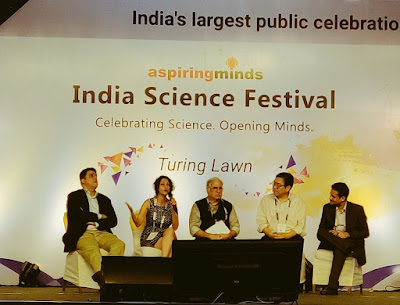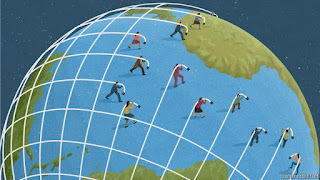In-built democracy in the Middle East
Writing about the Middle East uprisings is intimidating as words barely do justice to the phenomenal spirit that has captured people in this region and beyond. How can one not be awestruck and humbled by these moments in time? If it were a movie, it would win the Oscars undoubtedly. It guarantees a lump in your throat each time it gains media limelight. We live vicariously through these times, getting a taste of what it’s like to be passionate for an ideal. Our palette is being honed for more exotic flavors of democracy. This media coverage has become our new high.
Frontpage coverage gives frontline feelings; it’s a battle and we, the reader, march along. To sustain this momentum, questions surface: are the people in the Middle East fighting for democracy or are they fighting against authoritarianism? Will this region create their own style of democracy, much like the Chinese, who have managed to defy the conventional coupling of capitalism and Western style democracy? And besides, are they even ready for democracy? Some say that they have little practice with this system of ideals.
As revolutions go, this is as expected, a contained chaos, an organized anarchy. Interestingly, one of the features of this domino effect of political action is its territorial containment. Over 2 million protesters gathered in Tahrir Square on February 10, 2011 in Egypt. In Bahrain, tens of thousands marched to Pearl Square in the country's capital Manama, calling for regime-change, one of the largest demonstrations in its history. In fact, there is an interesting relationship between public spaces and revolutions as history reveals and architects revel in. While streets serve the fervent and ignited marches, public squares provide a home for more sustained mass demonstrations.


If we look at the French revolution, the best-known architects of the time -Boullee, Ledoux, and Lequeu looked at designing public space to "educate, inspire, and serve" citizens. While meant for the government to create a sense of national culture and some argue, spread state propaganda, this very architectural fabric became and still serves as the battleground for public discontent. So for those who believe that this region has little history of democratic enactment, it is worth attending to the in-built architecting of public space within these urban territories...and shall we say, spaces of democratic performance?
Frontpage coverage gives frontline feelings; it’s a battle and we, the reader, march along. To sustain this momentum, questions surface: are the people in the Middle East fighting for democracy or are they fighting against authoritarianism? Will this region create their own style of democracy, much like the Chinese, who have managed to defy the conventional coupling of capitalism and Western style democracy? And besides, are they even ready for democracy? Some say that they have little practice with this system of ideals.
As revolutions go, this is as expected, a contained chaos, an organized anarchy. Interestingly, one of the features of this domino effect of political action is its territorial containment. Over 2 million protesters gathered in Tahrir Square on February 10, 2011 in Egypt. In Bahrain, tens of thousands marched to Pearl Square in the country's capital Manama, calling for regime-change, one of the largest demonstrations in its history. In fact, there is an interesting relationship between public spaces and revolutions as history reveals and architects revel in. While streets serve the fervent and ignited marches, public squares provide a home for more sustained mass demonstrations.


If we look at the French revolution, the best-known architects of the time -Boullee, Ledoux, and Lequeu looked at designing public space to "educate, inspire, and serve" citizens. While meant for the government to create a sense of national culture and some argue, spread state propaganda, this very architectural fabric became and still serves as the battleground for public discontent. So for those who believe that this region has little history of democratic enactment, it is worth attending to the in-built architecting of public space within these urban territories...and shall we say, spaces of democratic performance?



Comments
Post a Comment